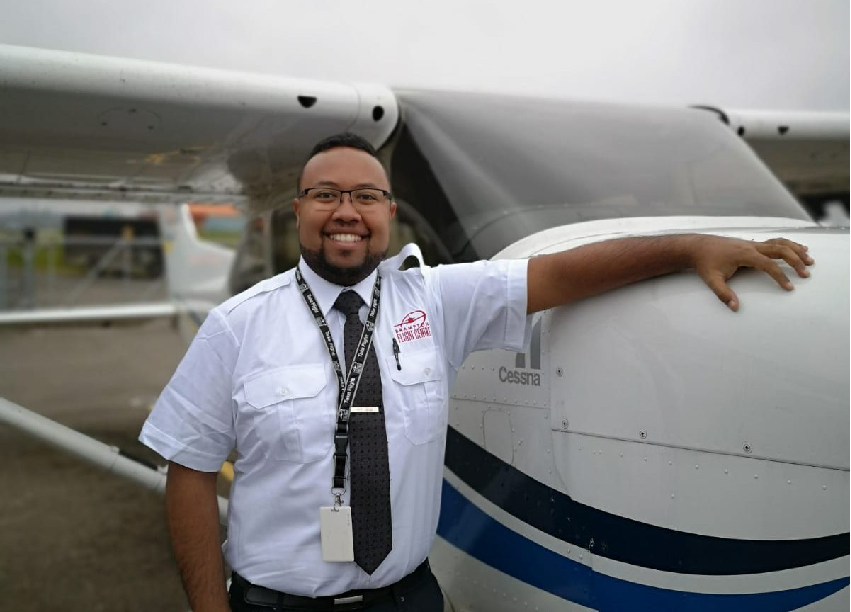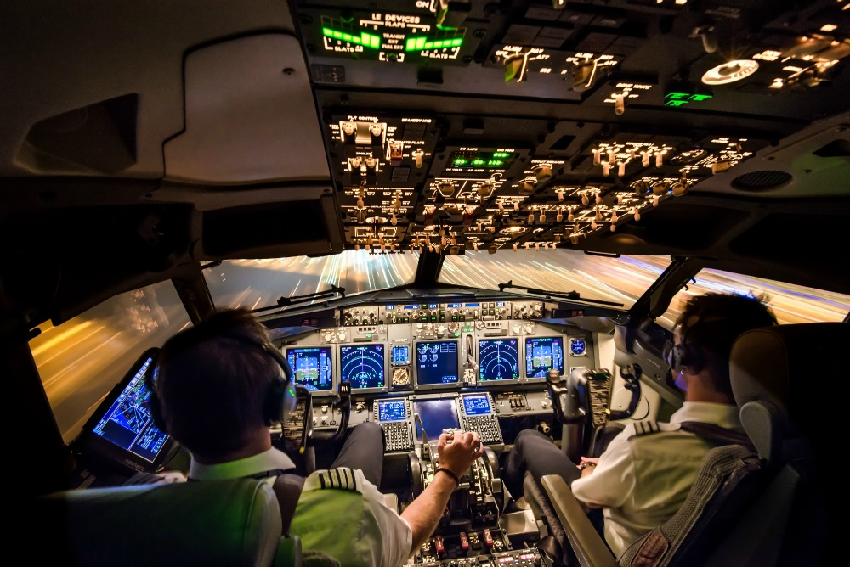You just received your first Orville and Wilbur Wright card in the mail and you couldn’t feel more on top of the world; unless you’re actually flying.
Certified Flight Instructors (or CFIs) understand how exciting it is to receive your first private pilot license.
We want you to have fun flying for yourself, but we also want to note the following considerations when you show off your shiny new wings:
Aircraft electronics and instruments on rental plans may be different from the ones you used for training
Make sure you know how to use them before you fly. If you are not sure how to use new or different aircraft electronic instruments you can always ask for help or change to an aircraft you are familiar with.
If you haven’t flown in a few weeks, consider doing a flight warm-up with an instructor
You could be more out of shape than you think. Even instructors lose their flying skills if they haven’t done it in a while, so there should be no shame in flying the pattern for a few laps to warm up your skills. Warming up with an instructor is highly recommended if you have reservations about your abilities.
Be highly considerate of safety and comfort levels when carrying passengers

Remember that safety briefing you should do about seat belts, fire extinguishers, motion sickness, and how to get out of the plane? Yes, you really have to do that.
Always stick to your training and especially if you experience an emergency
You’re the only one in charge now, it’s up to you to keep emergency procedures up to date and within reach.
If you are on the ground or flying
Have any concerns about conditions including thunderstorms, fog, turbulence in clear skies, navigation or equipment problems, turn around or consider landing at the nearest airport while conditions change.
Set and implement personal minimum parameters (weather, winds, fuel, etc.)
As a student, you always had your instructor who would take the lead, but now you have to be that person. Set personal minimum parameters for weather, distance, fuel used, and visibility before you fly. In this way, when you face a difficult situation, these variables will not be thought of too late.
Come prepared
You don’t want to be in a situation where you have to ask the already busy ground controller were to take the plane on the tarmac or what frequency to call just because you weren’t prepared and didn’t use all your available information.
Start planning your day before you arrive at the airport
Before you arrive you should have an idea of the weather will be that you will face on your flight path for that day. Remember those pesky reports you were supposed to get? Real pilots get them and they include weather, NOTAMS, and any other pertinent information.
Do not take chances or be tempted to fly under deteriorating flight conditions
That will lead you to have to rely only on the flight instruments. Visit this link 9 reasons why you should not fly at night or in foggy or smoky conditions, especially if you are being backlit by the Sun, which can result in inadvertent instrument conditions. You should also keep in mind that weather forecasts are not always completely accurate. A falling cloud ceiling can put you in a bad position. As you start to feel that the weather is taking a turn for the worse, trust your training, stick to the instruments and take the safest action.
Do not fly for hire
The FAA has determined that the minimum amount of experience and skills required to fly for hire is 250 hours. As a private pilot you have a minimum of 40 and you are not legally allowed to do so. In addition to being below the requirements and without sufficient experience, you are putting private property and lives in danger. If it gets word to the wrong people that you’re flying for hire, your license and career are at risk.
Stick to your training and your list
We are human and we all make mistakes. The list is your safety net. Even if you have what you’re supposed to do memorized, the list is there to verify that you’ve completed each task. Don’t be fooled by people who say professional and elite pilots memorize their rosters. They do to some extent, but they’ve also completed their lists so many times that they actually know and remember what order and what tasks are already done. Still, the use of the checklist is so important that they are still required to verbally state each task and have another crew member verbally confirm that the task is complete.
You may like to read Ten Important Safety Tips For Air Travel



